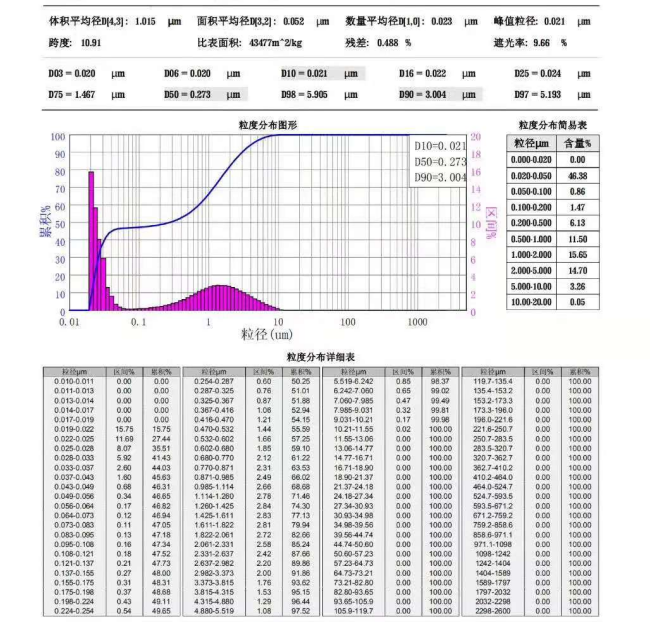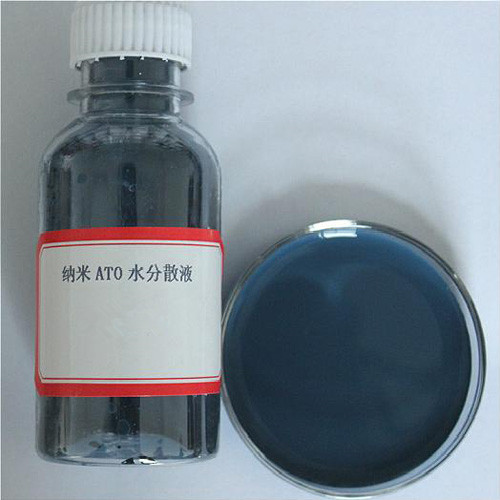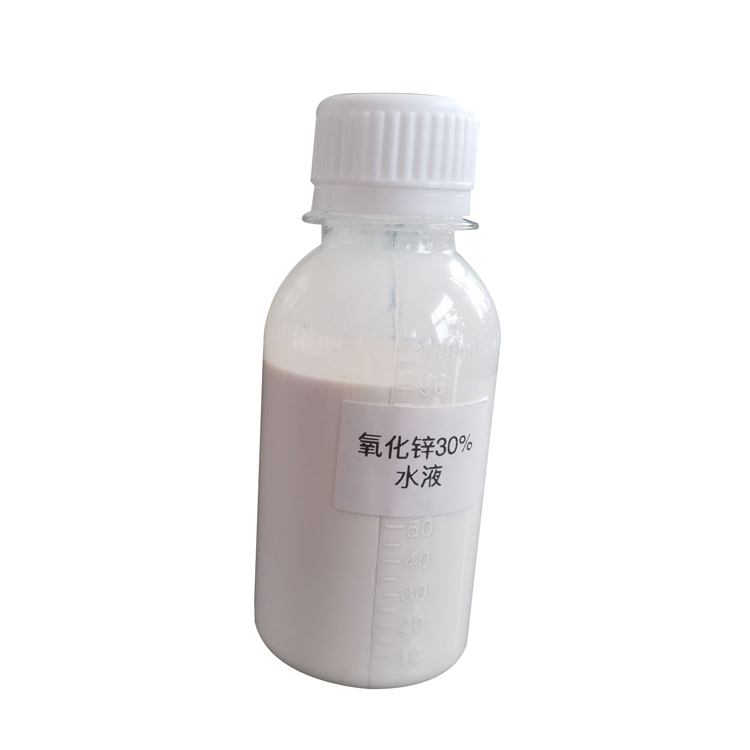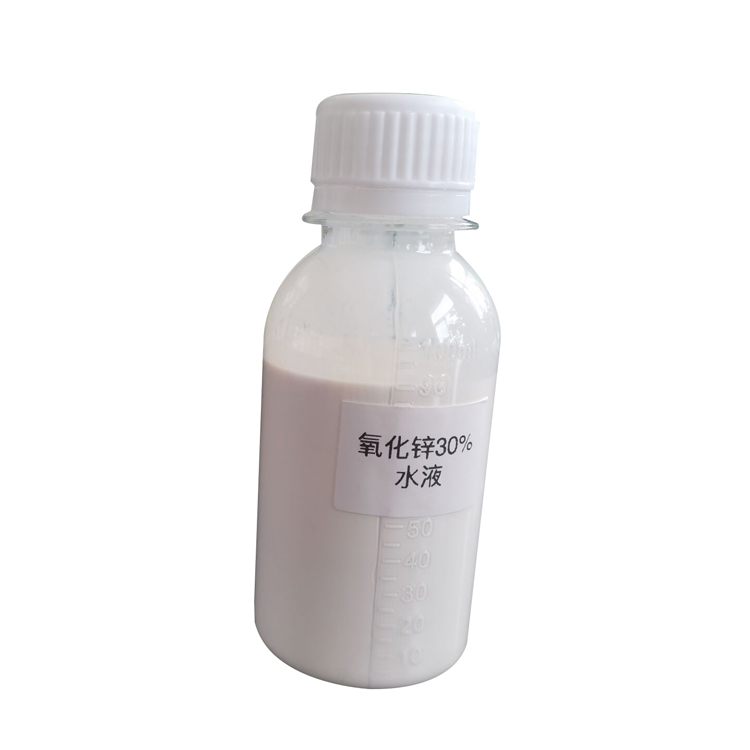In the world of powders, particle size is one of the key indicators for measuring their performance. Let's talk about an important concept - D50.
What is D50? D50 is the median particle size distribution of powder particles. Simply put, if the powder particles are arranged by size, D50 is the "middle value": 50% of the particles have a diameter smaller than this value, and the other 50% have a diameter larger than this value. It is a statistical indicator that can succinctly reflect the central tendency of powder particle size. Why is D50 important? The significance of D50 lies in its ability to quickly and intuitively describe the overall particle size characteristics of powders. In practical applications, the particle size of the powder directly affects its performance. For example, in the pharmaceutical industry, the D50 of drug powders can affect the dissolution rate and bioavailability of drugs; In materials science, the D50 of powders can affect the sintering performance and microstructure of materials; In coatings and inks, the particle size of the powder can affect the coating's coverage, uniformity, durability, anti settling, and dispersibility. By precisely controlling D50, we can optimize the performance of the powder to better meet the needs of different application scenarios.

How to measure D50? Measuring D50 usually requires professional equipment, such as a laser particle size analyzer. These instruments can quickly and accurately measure the particle size distribution of powder particles and calculate the D50 value. In the powder production process, D50 measurement is an important part of quality control, which helps us ensure that each batch of powder meets the standards.
Assuming a sample has a D50 of 5 μ m, this means that 50% of the particles that make up the sample have a particle size greater than 5 μ m, while 50% have a particle size less than 5 μ m. This indicator is of great significance in the preparation, processing, and application of powder materials, and can help researchers and producers better understand and control the particle size distribution characteristics of powders.
SAT NANO is one of the best supplier of nano particle and micro particle in China, we can offer
metal powder,
carbide powder,
alloy powder and
oxide powder, if you have any enquiry, please feel free to contact us at sales03@satnano.com


























